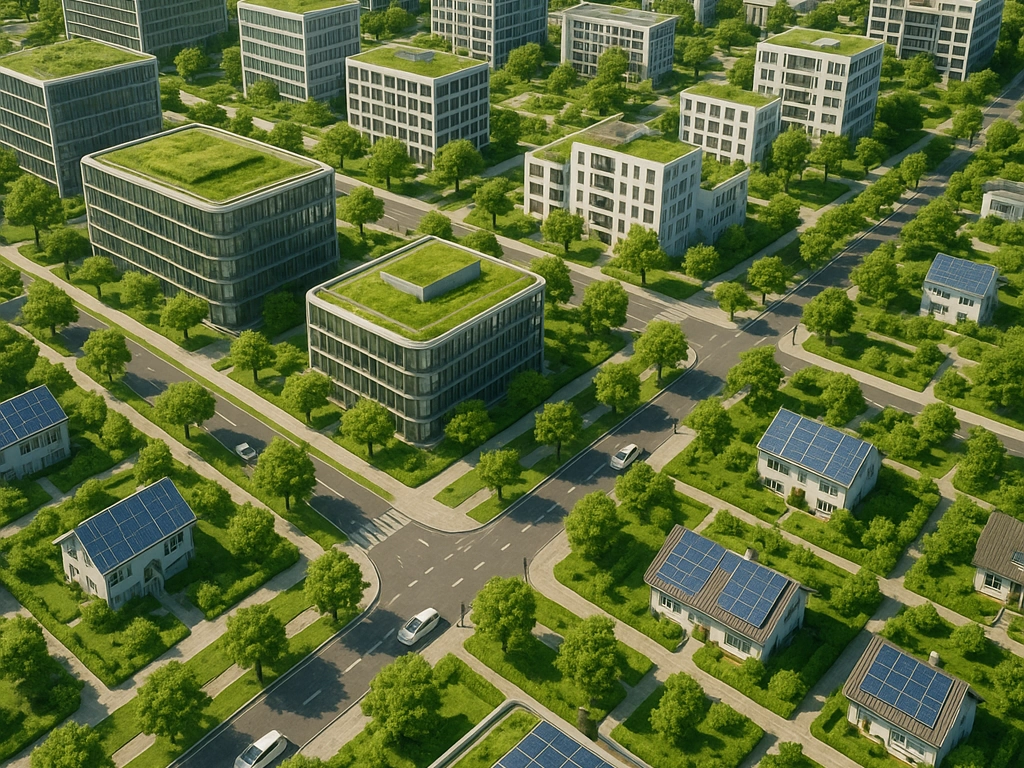However, the ETS2 policy was designed with this challenge in mind. It is more than just a carbon price; it includes a vital support mechanism to ensure the energy transition is fair and socially inclusive. This week, we introduce a crucial component of the package: the Social Climate Fund (SCF).
What is the Social Climate Fund (SCF)?
The Social Climate Fund is a dedicated EU fund established to support vulnerable households, transport users, and micro-enterprises that are most affected by the new carbon price. Its core purpose is to mitigate the financial impact of ETS2 and prevent the transition from placing an undue burden on those who can least afford it. It is a tangible commitment to making Europe's path to climate neutrality a just one.
From Carbon Revenue to Social Support
A key feature of the SCF is how it is financed. All allowances under the ETS2 will be auctioned, and the revenues generated from these auctions must be used by EU Member States for climate action and social measures. A significant portion of this income will be channelled directly into the Social Climate Fund.
This creates a direct, logical loop: the money raised from putting a price on carbon is reinvested to help citizens and businesses adapt to that price, particularly by investing in long-term, sustainable solutions.
What Kind of Support Will Be Available?
The SCF is scheduled to be operational from 2026, a year before ETS2 becomes fully active. The support will be distributed by national governments through their individual ‘Social Climate Plans’. While the exact measures may vary by country, the fund is designed to finance concrete actions, including:
- Direct Income Support: To offset the immediate impact of higher energy prices, measures could include direct payments or tax reductions.
- Investment in Building Renovations: The fund will provide financial support, such as grants or low-cost loans, for energy-efficiency upgrades like insulation, new windows, and the installation of heat pumps.
- Access to Low-Emission Mobility: The SCF can be used for schemes that make clean transport more accessible, including grants for electric vehicles (EVs), leasing programmes for e-bikes, and investment in public transport or EV charging infrastructure.
The fund specifically targets vulnerable households, micro-enterprises, and those in rural or low-income areas who are most exposed to the costs of the transition.
A Complete Picture
The ETS2 represents a fundamental shift in European energy policy. While it will introduce new costs, it is critical to see the full picture. The Social Climate Fund is an integral part of the system, ensuring that the revenue generated is used to protect the most vulnerable and to fund the very changes the policy aims to inspire.
Now that we have established the fundamentals of ETS2 and its related support systems, our focus will shift. In the coming weeks, we will begin to explore the concrete financial impacts and the steps you can take to prepare your property.
